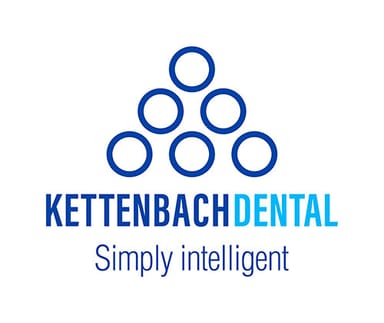Dr. Lipscomb is a graduate of The University of Howard College of Dentistry and an international speaker with lectures specializing in restorative and implant dentistry. He has been performing restorative procedures for over 20 years and placing mini dental implants since 2006. During that time, he has overseen hundreds of MDI cases and has gained the experience to provide hands-on training for restorative and implant procedures to other doctors. Dr. Lipscomb is a speaker for Catapult Education’s Speakers Bureau and a key opinion leader for manufacturers including Kettenbach. He serves on the editorial advisory board for Dental Product Shopper and has written articles for multiple publications. Dr. Lipscomb’s unique dental experience includes both private practice and public health service in community health centers.
My favorite aspect of Visalys Fill is how it handles. The consistency is right where it needs to be—not too hard, not too soft, and not sticky. While dentists’ preferences for handling varies, this material seems to meet everyone’s needs. It has high strength, and I know I can count on it for long-term durability. I’ve had no problems finding the shade I need because the system’s 5 primary shades have chameleon-like characteristics and cover the entire VITA shade scale.
In a typical case, I’ll prepare the tooth and etch the enamel around the preparation before applying a light-cure bonding agent. I’ll then apply the selected shade of Visalys Fill in layers up to 2 mm and light-cure for 20 seconds. The material’s consistency allows me to be very efficient when placing and shaping the material, and it has excellent polishability, which leads to a great finish. In cases where I need to add the fl ow-able, I find that Visalys Flow is ideal—not too runny, no voids or bubbles, and I have precise control over the amount being dispensed.
With Visalys composites, I’ve yet to find a reason any doctor wouldn’t want to make the switch. They’re really good and very easy to work with—for every restorative situation. You’re going to get a great restoration that will be durable, strong, and esthetic, and most importantly, the patient will be happy.









